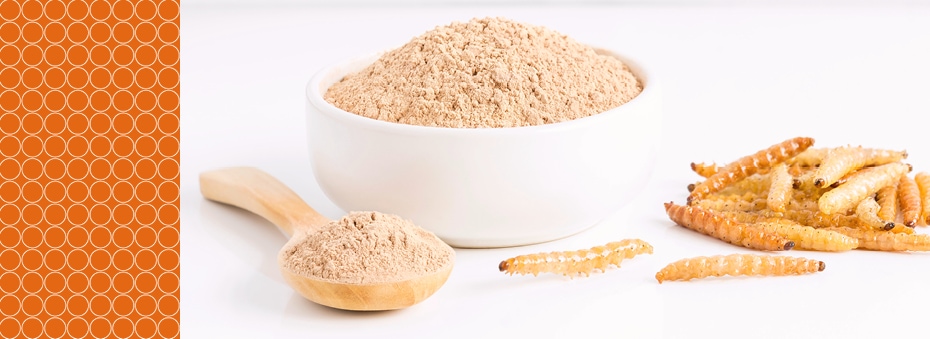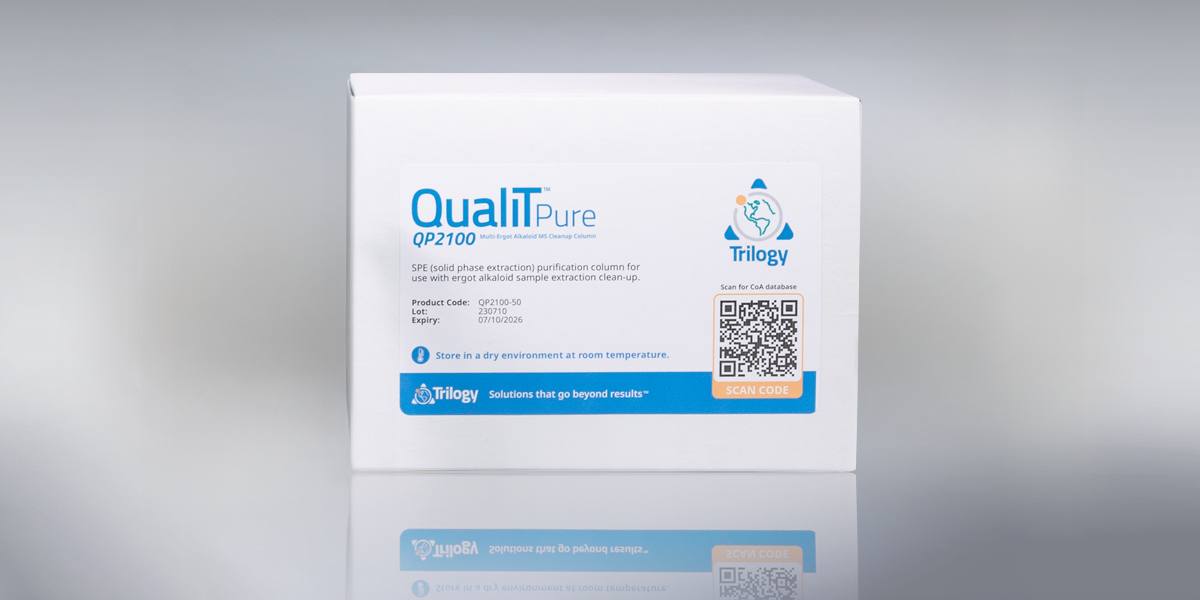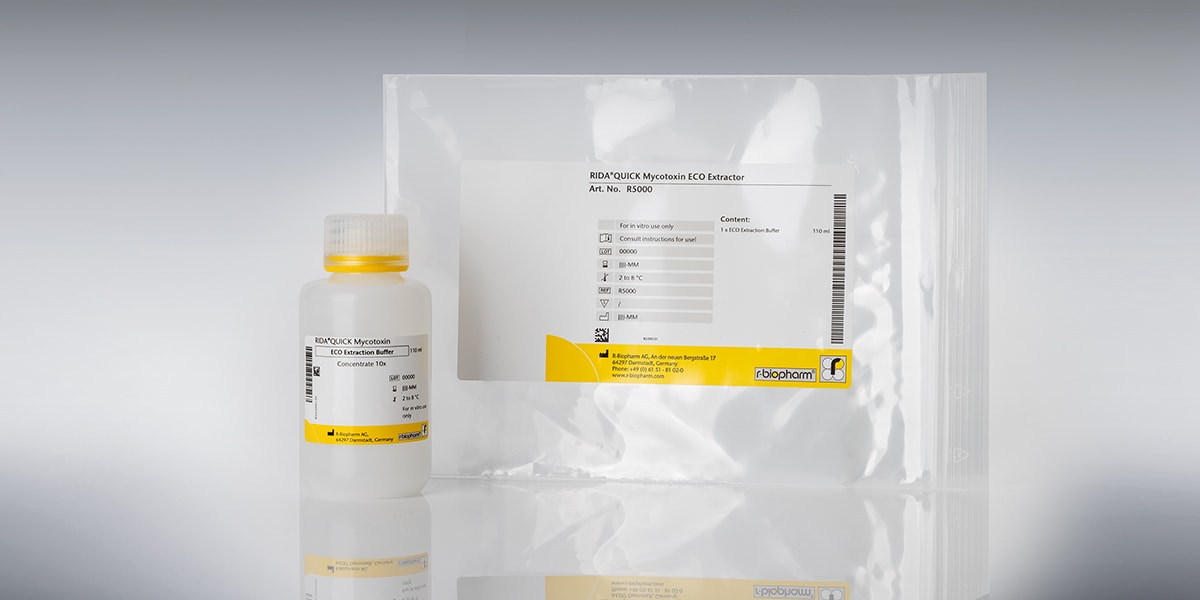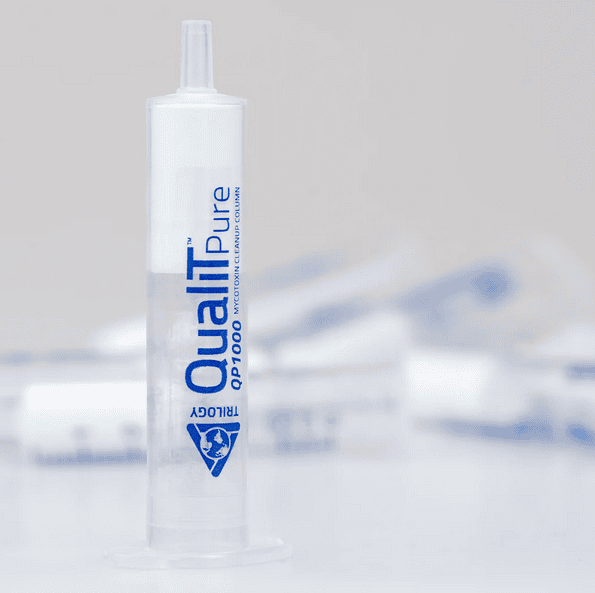
Recent news in Food & Feed Analysis
- Home
- /
- Edible insects: bite-sized sustainability
Edible insects: bite-sized sustainability

In the realm of corporate sustainability in the food industry a distinct trend is emerging – the integration of edible insects. Once considered a novelty or even a taboo, insects are now gaining recognition as a viable and eco-friendly protein source with the potential to revolutionise the way we eat.
Why edible insects?
With the global population expected to reach 9 billion by 2050, the demand for protein is skyrocketing. Traditional livestock farming is resource-intensive, contributing to deforestation, greenhouse gas emissions, and water pollution. In contrast, insects require significantly fewer resources to produce the same amount of protein, making them a more sustainable option.
Edible insects are packed with essential nutrients such as protein, healthy fats, vitamins, and minerals. For example, crickets are rich in protein, iron, and calcium, while mealworms are high in omega-3 fatty acids and B vitamins. Incorporating insects into our diets can help address malnutrition and food insecurity, especially in regions where access to traditional protein sources is limited.
From cricket flour to insect-based snacks and protein bars, there’s a growing array of innovative products hitting the market. Edible insects can be incorporated into a wide range of dishes, offering a unique flavour profile and texture that appeals to adventurous eaters and food enthusiasts alike.
Where is the use of edible insects growing?
While edible insects have been a dietary staple in many cultures for centuries, their popularity is now spreading beyond traditional markets. Regions such as North America, Europe, and Australia are seeing a surge in interest, driven by growing awareness of the environmental and nutritional benefits of insect-based foods. Start-ups and food companies are leading the charge, experimenting with insect-based ingredients and creating new culinary experiences for consumers.
Legislative considerations and challenges
Despite the potential of edible insects, there are regulatory hurdles that need to be addressed. In many countries, insects are not yet recognised as a food source, leading to uncertainty around safety standards, labelling requirements, and consumer acceptance. However, progress is being made, with organisations like the Food and Agriculture Organization (FAO) and the European Union paving the way for clearer regulations and guidelines.
Mycotoxin contamination and vitamins
While edible insects offer numerous advantages, it’s essential to acknowledge that they can also be susceptible to mycotoxin contamination. Mycotoxins are toxic compounds produced by fungi and can pose serious health risks if consumed in high amounts. Therefore, it’s crucial for food and feed manufacturers to implement rigorous testing protocols to ensure the safety of insect-based products. By addressing mycotoxin contamination, we can guarantee the integrity and quality of insect-derived foods, safeguarding consumer health and confidence in this emerging industry. Additionally, edible insects have been found to contain high levels of vitamins such as B12, which are often lacking in plant-based diets. Incorporating insects into our food system can help address micronutrient deficiencies and promote overall health and well-being.
In conclusion, the rise of edible insects represents a promising solution to the dual challenges of food security and environmental sustainability. By embracing insects as a nutritious and eco-friendly protein source, we can pave the way for a more resilient and equitable food system for future generations. So, are you ready to take a bite out of the future?



